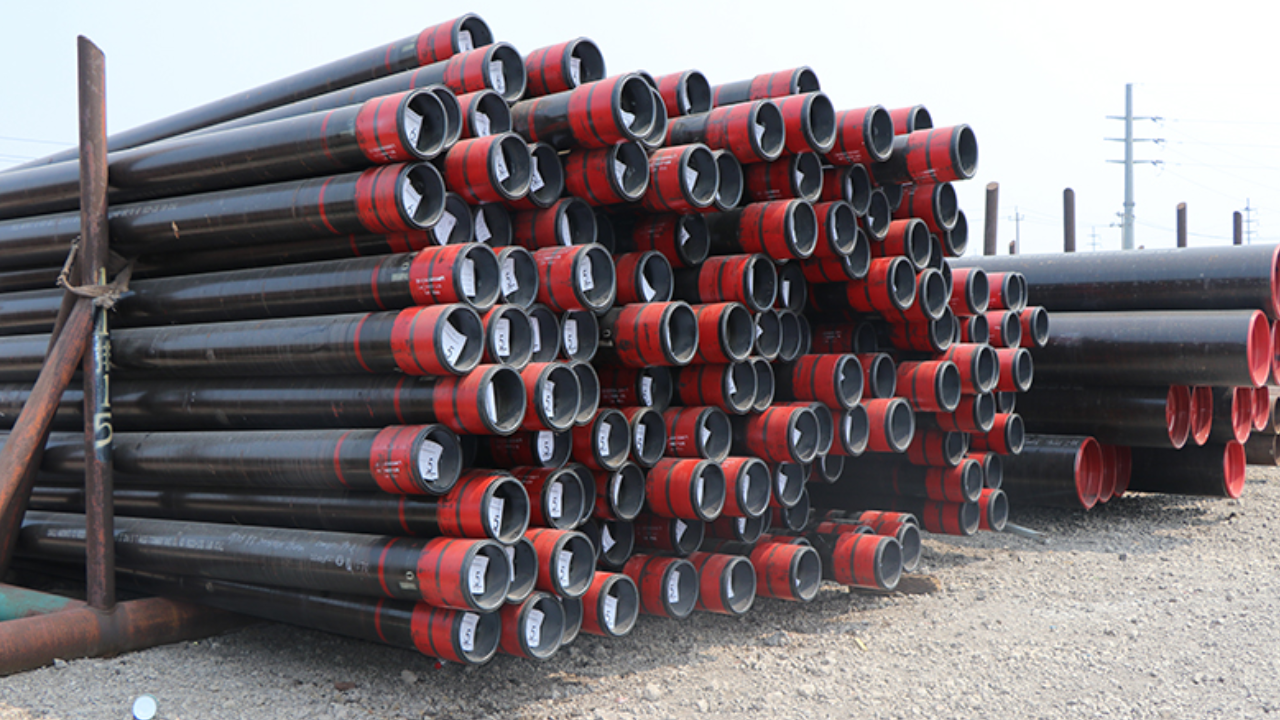Oil Country Tubular Goods (OCTG) are critical components in the exploration and extraction of oil and gas. OCTG, which consists of casing, tubing, and drill pipes, is essential for well construction and maintenance. Casing offers structural support, avoiding well collapse, whereas tubing allows for fluid extraction.
The importance of OCTG goes beyond structural integrity; these components can survive harsh weather conditions, high pressures, and caustic substances. Selecting proper materials, using modern alloys, and following high manufacturing requirements are critical. As a key component of the oil and gas industry, octg pipe assures efficient resource extraction and promotes sustainable practices in exploration and production.
How Is OCTG Pipe Transported And Stored?
OCTG pipes are transported in bundles using specialized carriers to prevent mechanical damage during transportation. When the pipes arrive at the well, they are kept in appropriate areas, usually horizontally, to avoid malformations or bending. Proper handling equipment is utilized to lift and position the pipes, reducing the danger of damage during transit and storage.
Mitigating OCTG Pipe Failures
Oil Country Tubular Goods (OCTG) are essential components of the oil and gas sector, playing important roles in well construction and production. Mitigating OCTG pipe failures is critical to ensuring well integrity, preventing environmental damage, and maintaining operational efficiency. In this detailed article, we will look at numerous solutions and best practices for preventing OCTG pipe failures.
Implementing Preventive Maintenance Programs
Proactive maintenance is critical to avoiding OCTG pipe failures. Establishing preventative maintenance programs that include regular inspections, testing, and condition monitoring can aid in detecting potential problems before they worsen. Timely intervention based on preventative maintenance results can considerably increase the life of OCTG pipes.
Well-Design Considerations
Well-design is critical for preventing OCTG pipe problems. Proper casing and tube design, including the selection of the appropriate grades and sizes, can improve the overall integrity of the well. Collaboration between well designers and OCTG suppliers is required to optimize well design for durability and dependability.
Enhanced Coating Technologies
Advances in coating technology help to reduce OCTG pipe failures dramatically. High-performance coatings, such as epoxy, fusion-bonded epoxy (FBE), and thermoplastic coatings, give an extra layer of resistance to corrosion and mechanical damage. Regular examinations should be carried out to assess the condition of these coatings.
Mitigating Environmental Impact
Failure of the OCTG can have severe environmental consequences. Secondary containment systems and emergency response procedures, for example, must be put in place to mitigate the effects of expected failures. This decreases the likelihood of environmental contamination in the event of a pipeline breakdown.
Threaded Connection Integrity
Threaded connections are critical to the overall structural integrity of OCTG pipes. Proper installation techniques, torque control, and following prescribed make-up and break-out procedures are critical. Regular checks of threaded connections during installation and the life of the well are critical for detecting possible problems.
Proper Handling and Transportation
To avoid mechanical damage, OCTG pipes should be handled and carried carefully. To reduce the possibility of scratches, dents, or deformations that could jeopardize the pipes’ integrity, proper bundling, secure loading, and appropriate lifting equipment should be utilized. Regular inspections should be performed to assess the efficiency of these procedures.
Quality Assurance during Manufacturing
Ensuring the quality of OCTG pipes begins with the production process. Strict adherence to industry standards like API 5CT is required. Quality control techniques, such as dimensional checks, mechanical testing, and visual inspections, should be conducted throughout the manufacturing process to detect and correct any flaws.
Inspection and Monitoring
Regular inspections are essential for spotting signs of wear, corrosion, or mechanical damage. Non-destructive testing (NDT) techniques such as ultrasonic, magnetic particle, and visual inspections should be used. Furthermore, monitoring systems such as real-time sensor data and downhole surveillance can provide continuous information about the condition of OCTG pipes.
Conclusion
Mitigating OCTG pipe failures demands a comprehensive and proactive approach that spans the well’s full lifecycle. By using innovative materials and harnessing cutting-edge technology, the sector can considerably lower the likelihood of OCTG pipe failures. Regular collaboration among industry stakeholders, including manufacturers, operators, and regulatory authorities, is required to continuously improve standards and practices for OCTG pipe integrity.
